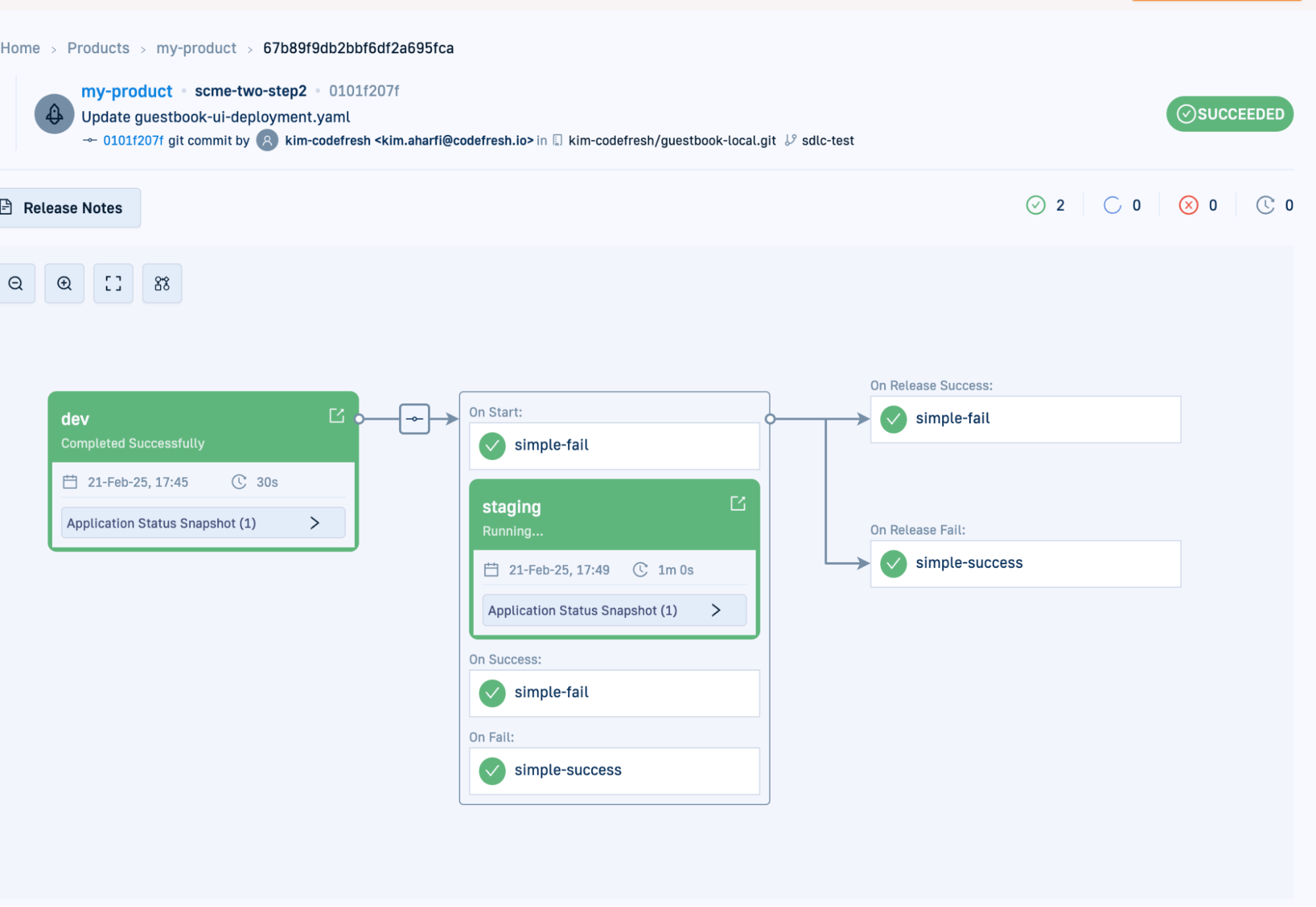Codefresh Adds Control Plane to Centralize Argo CD Management
Codefresh, an arm of Octopus Deploy, today added a control panel to its platform that makes it simpler to centralize the management of multiple instances of the Argo continuous delivery (CD) platform.
Dan Garfield, vice president of open source at Octopus Deploy and an Argo CD maintainer, said GitOps Cloud provides software engineering teams with a single dashboard to invoke a control plane, which eliminates the need for DevOps teams to otherwise combine manual tasks and craft custom scripts to achieve that goal.
Additionally, every organization that licenses Codefresh GitOps by June 1 will receive three GitOps training and certification vouchers.
At its core, Codefresh GitOps enables IT teams to centralize the management of multiple instances of Argo CD without requiring individual developers to have Git workflow expertise, said Garfield. In addition to reducing the cognitive load on application developers, GitOps Deploy also provides much-needed additional visibility into what software components are actually running in their production environments, added Garfield.
Argo CD has gained traction as a platform for deploying cloud-native applications on Kubernetes clusters. GitOps Cloud extends Kubernetes application programming interfaces (APIs), also known as Custom Resource Definitions (CRDs), to create a control plane capable of spanning multiple instances of Argo CD.
That capability is especially attractive to platform engineering teams that are looking for an alternative approach to managing DevOps workflows at scale when deploying and updating cloud-native applications, said Garfield.
It’s not clear how many organizations are moving away from a single platform to manage both continuous integration (CI) and CD in a more loosely coupled manner. Most of the organizations that have adopted integrated CI/CD platforms are generally relying on CI to speed up application development, but CD has proven more challenging. Most organizations, even after they have adopted a CI/CD platform, are still relying on manual processes to deploy applications, noted Garner.
However, with the rise of Kubernetes, there is now a platform that presents a more standard set of APIs that lends itself to a CD platform that is specifically designed to automate the deployment of applications in a way that eliminates bespoke DevOps toolchains, said Garfield. That platform can then be loosely coupled to any CI tooling that organizations are using to build applications, he added
.
Regardless of approach, the one certain thing is that rigid DevOps workflows designed for legacy monolithic applications do not easily lend themselves to the building and deploying of cloud-native applications based on microservices that tend to be constructed by different teams. Centralizing the management of CD workflows presents an opportunity to, at the very least, further automate DevOps workflows.
The challenge, as always, is driving a level of change that requires software engineering teams to rethink approaches to building and deploying software that in some cases have been relied on for well over a decade. Fortunately, with the rise of platform engineering, there are now more organizations than ever that are willing to have that conversation.



